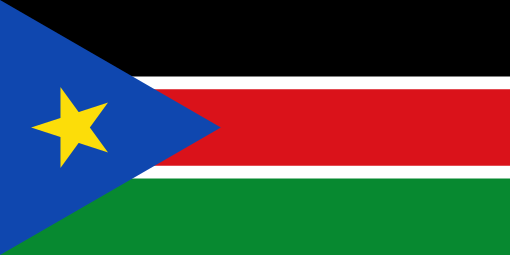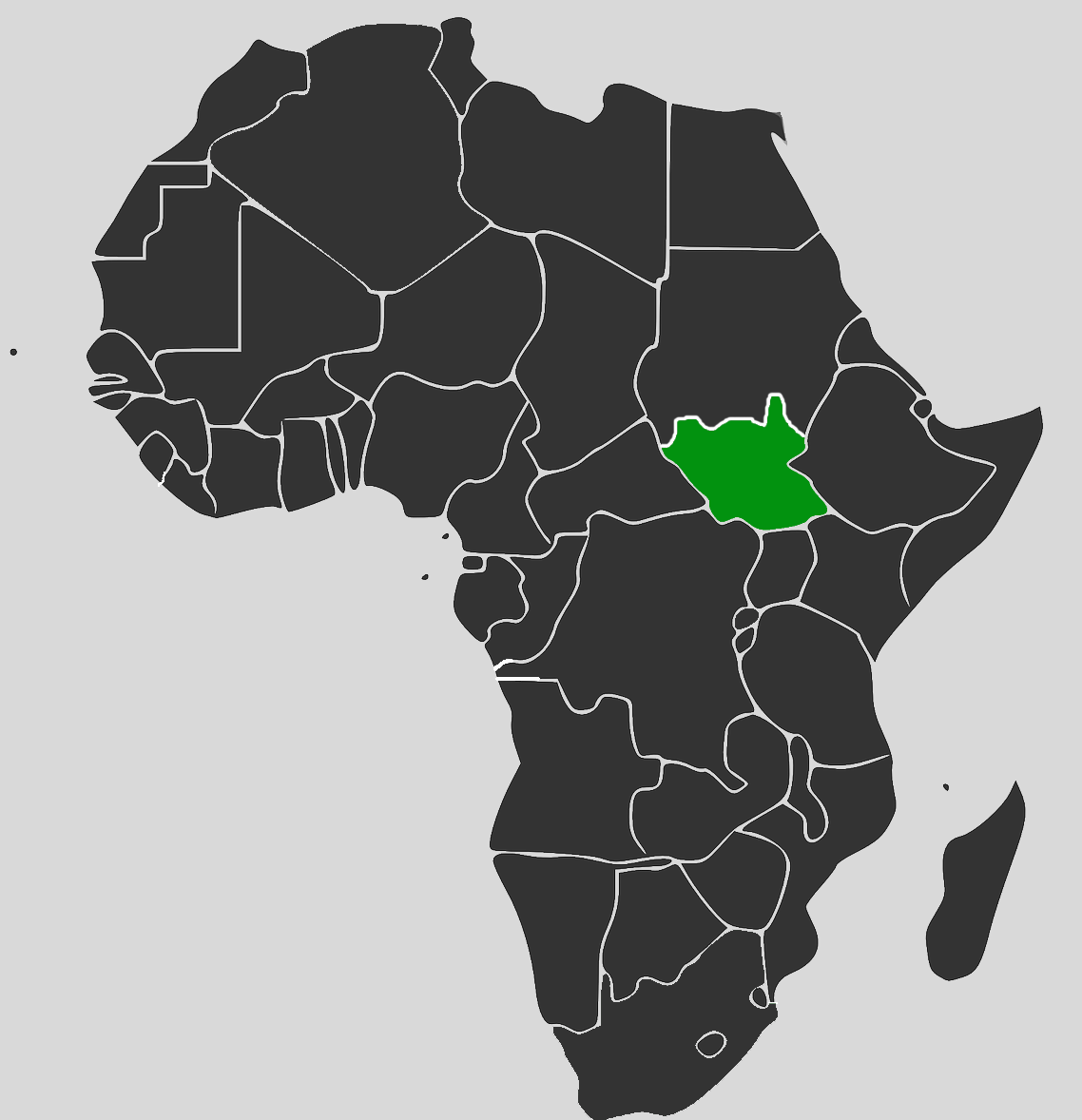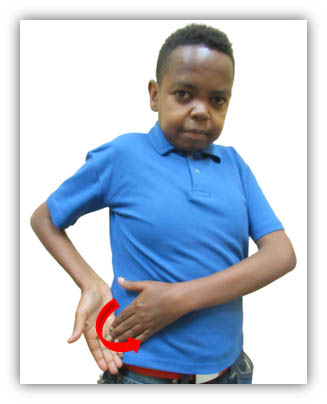Republic of South Sudan
Total Population
12 million
Deaf Population
215,000
Nation's Official Language
English
Other Languages
The number of established languages listed in Ethnologue is 73. Some of these are:
- Acholi
- Anuak
- Arabic (Juba)
- Baka
- Bari
- Balanda Bor
- Didinga
- Dinka
- English
- Lango
- Lokoya
- Lopit
- Luwo
- Ma’di
- Morokodo
- Moru
- Nuer
- Opo
- Otuho
- Shilluk
- Zande
Name of Sign Language
South Sudanese Sign Language (SSSL)
Overview Of Deaf Community And Education
Data about the Deaf community in South Sudan is mostly available within the “disability” category. According to the Coalition of Organization of Persons with Disabilities (2016), there are two Deaf associations in South Sudan: the Equatoria States Association of the Deaf and Dumb (ESADD) and the South Sudan National Association of the Deaf. The report mentions that the highest level of education attained by its members is a secondary school education. Few Deaf people are university graduates with the opportunity they gained from abroad, such as in Kenya, Uganda, and North Sudan, before independence. Those who got access to education secured professional jobs at government offices and nongovernmental organizations (NGOs). However, most of the Deaf people in the capital are engaged in physical labor, trade, and other private businesses, such as car washing and hair braiding.
Currently, the majority of South Sudanese Sign Language (SSSL) signers reside in the capital Juba, though their exact numbers are not known. One of the social gathering places is at the lone Deaf church in the capital. The other meeting places for the Deaf community are in cafés along the shore of the White Nile.
Sign Language Overview
Like most African sign languages, SSSL is an emerging sign language that is named after the formation of South Sudan in 2011. This probably labels it as the world’s youngest sign language. Before 2011, it was called Sudanese Sign Language. The SSSL signers in Juba have frequent language contact with Kenyan and Ugandan signers. For cross cultural communication, they also use American Sign Language (ASL). ASL fingerspelling is used to teach and learn SSSL. This is reflected in the production of the national SSSL dictionary, published in 2016.
Names of the months and days of the week show variations. Signers have said that some signs are from Kenya, some are from Uganda, and some others are from North Sudan. In fact, there are also indigenous signs observed in daily communications. More detailed analysis needs to be done to identify other areas of variations.
Currently, SSSL is mostly visible in religious places, conferences, and occasionally in the media through sign language interpretation. There has not been any record of the use of sign language interpretation at schools.
Deaf Organizations In Country
- Equatoria State Association for the Deaf and Dumb
- South Sudanese National Association of the Deaf
Overview of Interpreting Services
There are sign language interpreters in the Church, workshops and meetings, and few selected schools.
Resources
Eyasu Hailu and Sophia Mohammed. 2021. Basics of South Sudanese Deaf Community and the Sign Language In Sign Language Studies. Vol. 21, No. 2, Winter 2021.
Equatoria State Association of the Deaf and Dumb (ESAD). 2010. Sudanese
Sign Language Dictionary. Juba, South Sudan: Author.
Light for the World. 2016. Basic South Sudanese Sign Language Dictionary. Juba, South Sudan
Light for the World. 2021. New South Sudanese Sign Language Dictionary. Juba, South Sudan
WFD. 2008. Global Survey Report
Equatoria State Association of the Deaf and Dumb (ESAD). 2010. Sudanese
Sign Language Dictionary. Juba, South Sudan: Author.
Light for the World. 2016. Basic South Sudanese Sign Language Dictionary. Juba, South Sudan
Light for the World. 2021. New South Sudanese Sign Language Dictionary. Juba, South Sudan
WFD. 2008. Global Survey Report
List of Contributors
Anne Baker, Eyasu Hailu Tamene



